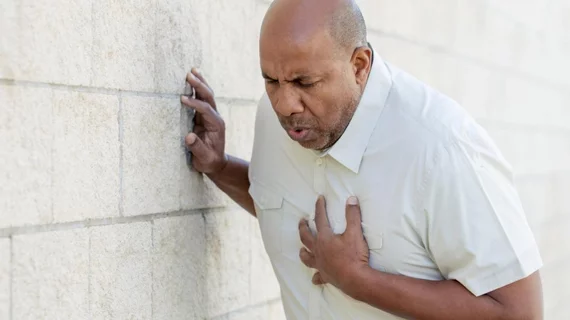Younger cardiologists are advising patients to run during heart attack recovery
For decades, cardiologists have insisted patients take it easy after a heart attack—but younger physicians believe in encouraging patients be active, and even run, because exercise decreases the chances of a subsequent cardiac event.
“It helps people know their parameters. It helps people get back into exercise,” said R. Kannan Mutharasan, MD, a cardiologist at Northwestern Memorial Hospital in Chicago. “It helps people feel comfortable that they can do these things—not just physical limitations, but to understand the psychological concerns about getting back into physical exercise.”
Cardiac rehabilitation boosts physical health. It also improves the patient’s psychological health—which can help with many psychological challenges associated with cardiac recovery.
“The principle ‘move it or lose it’ applies,” said Mutharasan, during an interview with the New York Times. “We don’t want to turn people into what we called ‘cardiac cripples.’”
To read the full story, click the link below.

